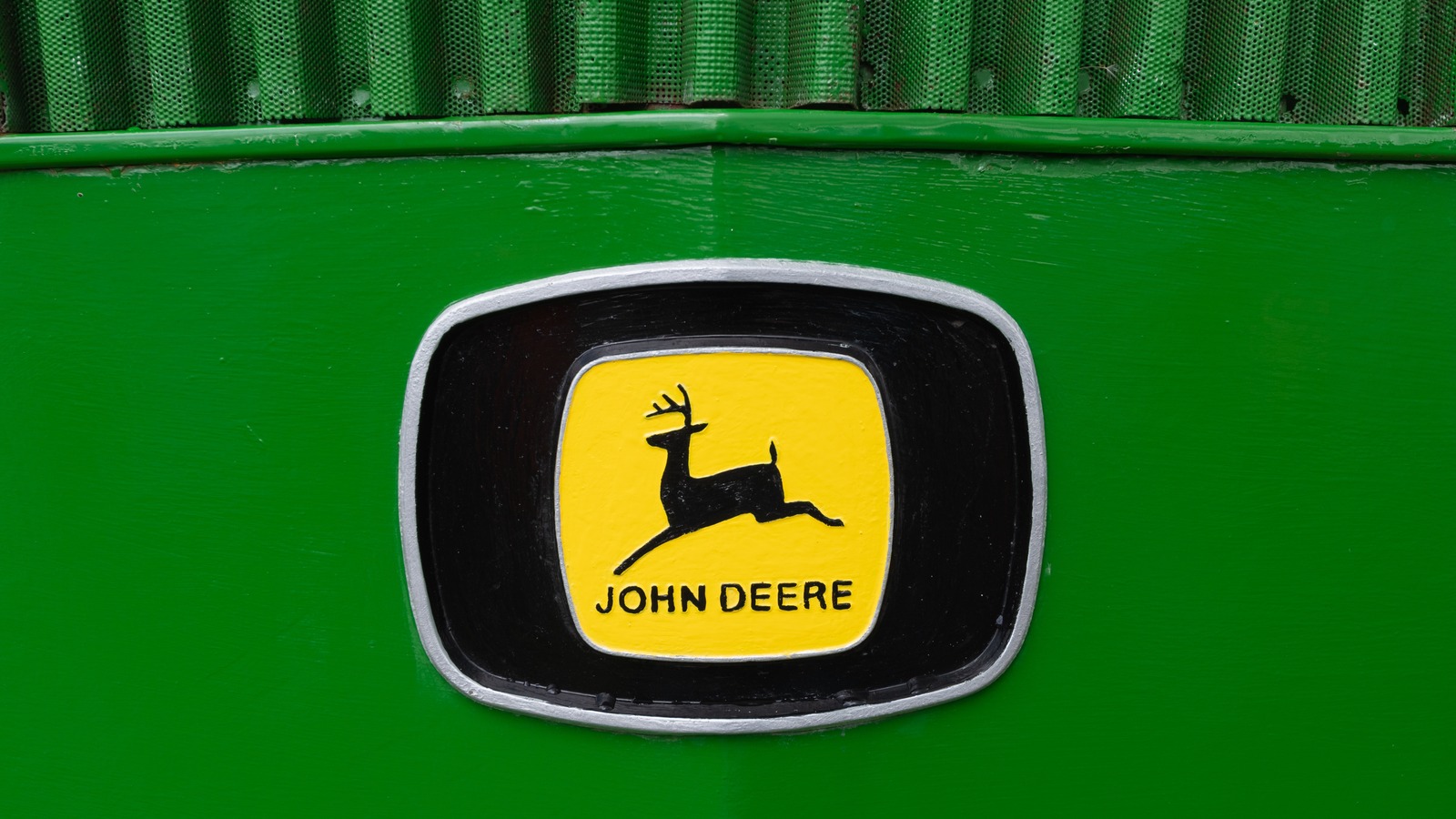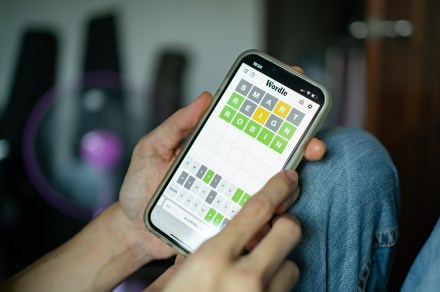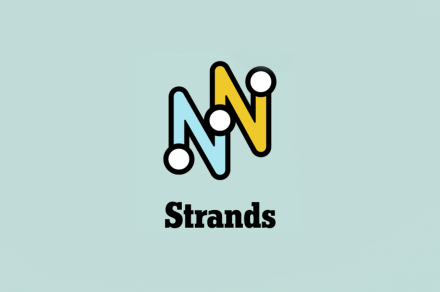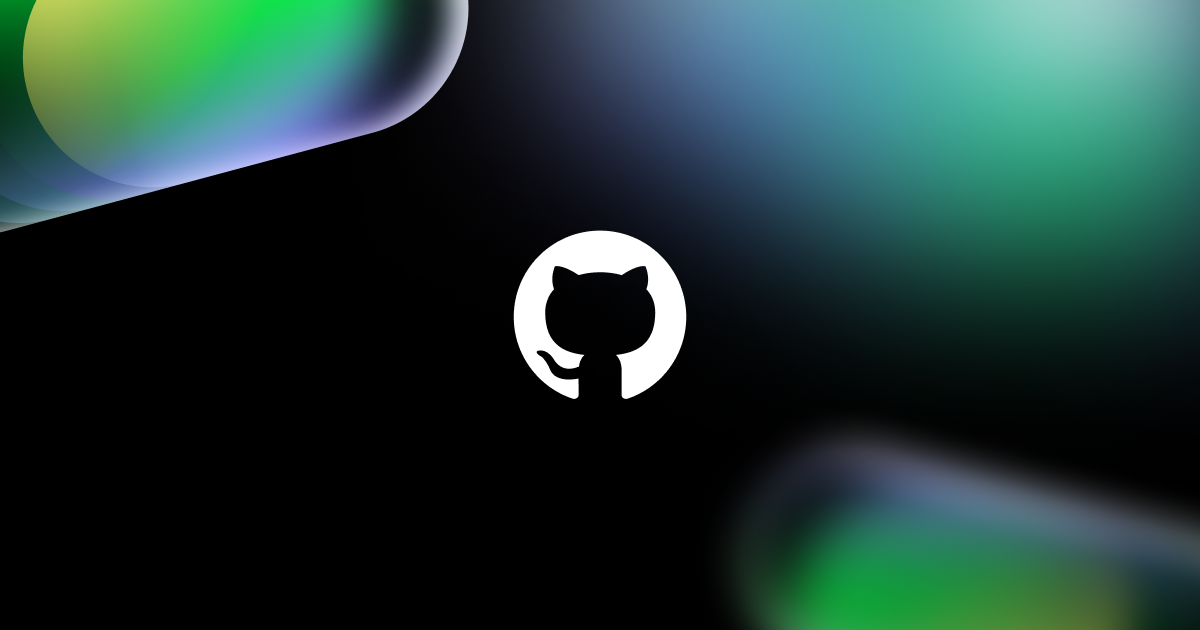Learn Golang in 2025: The Complete Beginner's Guide to Go Programming (With Roadmap)
Are you ready to embark on your journey into the world of Go programming? Whether you're a seasoned developer looking to add another language to your toolkit or a complete beginner, this comprehensive guide will set you on the path to becoming a Go expert. Let's dive into what makes Go special and how you can master it effectively. Why Choose Go in 2025? Go, also known as Golang, has emerged as one of the most sought-after programming languages in the industry. Created by Google, it combines simplicity with powerful performance capabilities. Companies like Uber, Docker, and Kubernetes use Go in their production systems, making it a valuable skill for modern developers. Key Features That Make Go Stand Out Lightning-fast compilation and execution Built-in concurrency support through goroutines Simple and clean syntax that's easy to learn Robust standard library Strong static typing with garbage collection Excellent for cloud-native applications Getting Started with Go 1. Setting Up Your Environment First, visit golang.org to download and install Go for your operating system. After installation, verify your setup by opening a terminal and running: go version 2. Understanding Go Basics Start with these fundamental concepts: package main import "fmt" func main() { fmt.Println("Hello, Go!") } 3. Essential Concepts to Master Begin with these core topics: Variables and data types Control structures (if, for, switch) Functions and methods Packages and imports Error handling Arrays, slices, and maps Roadmap to Go Mastery Here's a structured learning path to help you progress from beginner to pro: Phase 1: Foundations (2-4 weeks) Basic syntax and data types Control structures Functions and packages Basic error handling Simple programs and exercises Phase 2: Intermediate Concepts (4-6 weeks) Structs and interfaces Pointers and memory management Goroutines and channels Advanced error handling Testing and benchmarking Phase 3: Advanced Topics (6-8 weeks) Concurrency patterns Network programming Web services and REST APIs Database integration Performance optimization Phase 4: Professional Development (Ongoing) Design patterns in Go Microservices architecture Cloud deployment Contributing to open source Advanced tooling and debugging Learning Goals and Milestones Week 1-2: Write basic Go programs Week 3-4: Build command-line applications Week 5-6: Create simple web servers Week 7-8: Implement concurrent programs Week 9-10: Develop REST APIs Week 11-12: Build and deploy complete applications Resources and Next Steps To continue your Go journey: Practice with Go Playground Join Go community forums Contribute to open-source projects Read "The Go Programming Language" book Follow Go blogs and newsletters Remember, becoming proficient in Go is a journey, not a destination. Focus on writing clean, idiomatic Go code, and always follow the Go proverb: "Clear is better than clever." Are you ready to start your Go programming journey? Begin with the basics, follow the roadmap, and most importantly, practice regularly. Happy coding! #golang #programming #coding #softwaredevelopment #tech #tutorial

Are you ready to embark on your journey into the world of Go programming? Whether you're a seasoned developer looking to add another language to your toolkit or a complete beginner, this comprehensive guide will set you on the path to becoming a Go expert. Let's dive into what makes Go special and how you can master it effectively.
Why Choose Go in 2025?
Go, also known as Golang, has emerged as one of the most sought-after programming languages in the industry. Created by Google, it combines simplicity with powerful performance capabilities. Companies like Uber, Docker, and Kubernetes use Go in their production systems, making it a valuable skill for modern developers.
Key Features That Make Go Stand Out
Lightning-fast compilation and execution
Built-in concurrency support through goroutines
Simple and clean syntax that's easy to learn
Robust standard library
Strong static typing with garbage collection
Excellent for cloud-native applications
Getting Started with Go
1. Setting Up Your Environment
First, visit golang.org to download and install Go for your operating system. After installation, verify your setup by opening a terminal and running:
go version
2. Understanding Go Basics
Start with these fundamental concepts:
package main
import "fmt"
func main() {
fmt.Println("Hello, Go!")
}
3. Essential Concepts to Master
Begin with these core topics:
Variables and data types
Control structures (if, for, switch)
Functions and methods
Packages and imports
Error handling
Arrays, slices, and maps
Roadmap to Go Mastery
Here's a structured learning path to help you progress from beginner to pro:
Phase 1: Foundations (2-4 weeks)
Basic syntax and data types
Control structures
Functions and packages
Basic error handling
Simple programs and exercises
Phase 2: Intermediate Concepts (4-6 weeks)
Structs and interfaces
Pointers and memory management
Goroutines and channels
Advanced error handling
Testing and benchmarking
Phase 3: Advanced Topics (6-8 weeks)
Concurrency patterns
Network programming
Web services and REST APIs
Database integration
Performance optimization
Phase 4: Professional Development (Ongoing)
Design patterns in Go
Microservices architecture
Cloud deployment
Contributing to open source
Advanced tooling and debugging
Learning Goals and Milestones
Week 1-2: Write basic Go programs
Week 3-4: Build command-line applications
Week 5-6: Create simple web servers
Week 7-8: Implement concurrent programs
Week 9-10: Develop REST APIs
Week 11-12: Build and deploy complete applications
Resources and Next Steps
To continue your Go journey:
Practice with Go Playground
Join Go community forums
Contribute to open-source projects
Read "The Go Programming Language" book
Follow Go blogs and newsletters
Remember, becoming proficient in Go is a journey, not a destination. Focus on writing clean, idiomatic Go code, and always follow the Go proverb:
"Clear is better than clever."
Are you ready to start your Go programming journey? Begin with the basics, follow the roadmap, and most importantly, practice regularly.
Happy coding!
#golang #programming #coding #softwaredevelopment #tech #tutorial




















